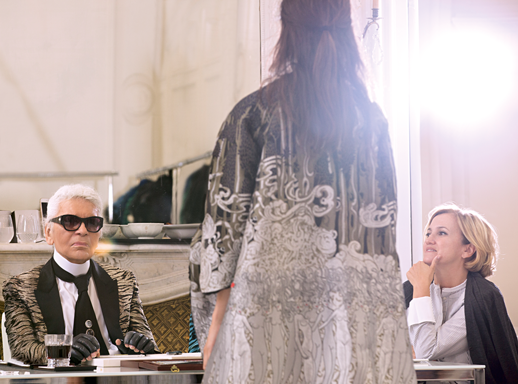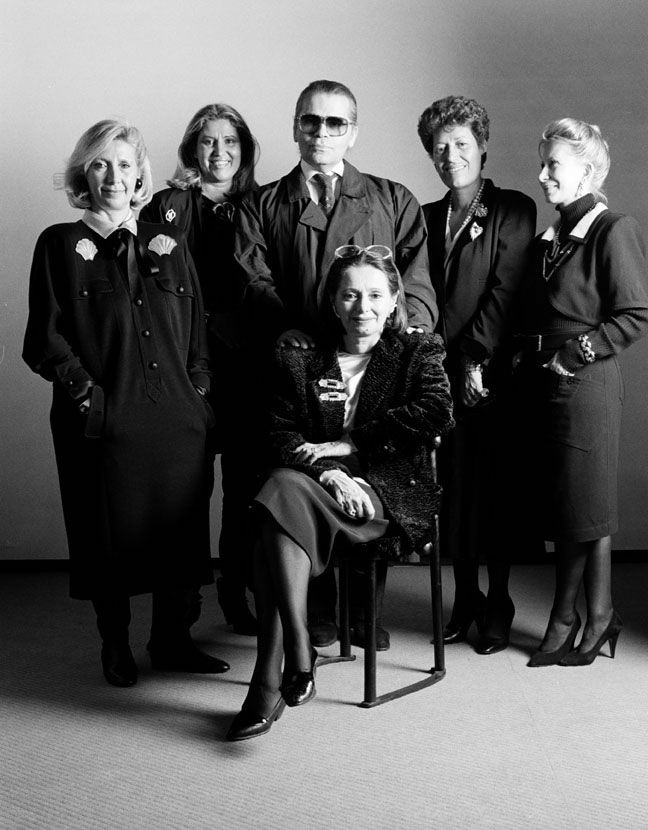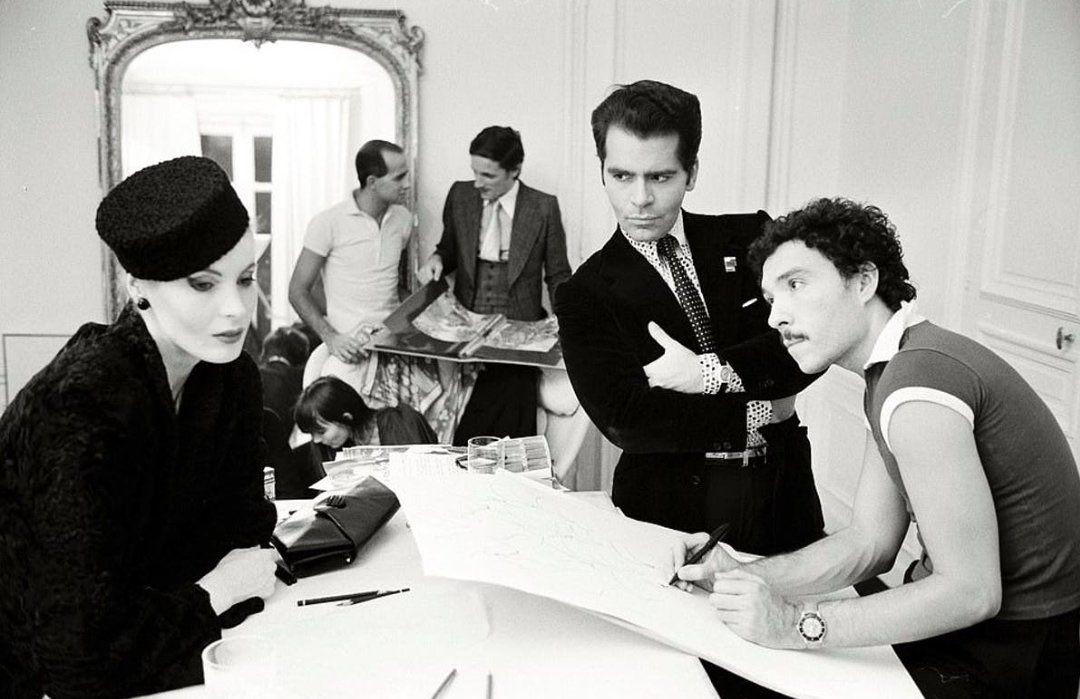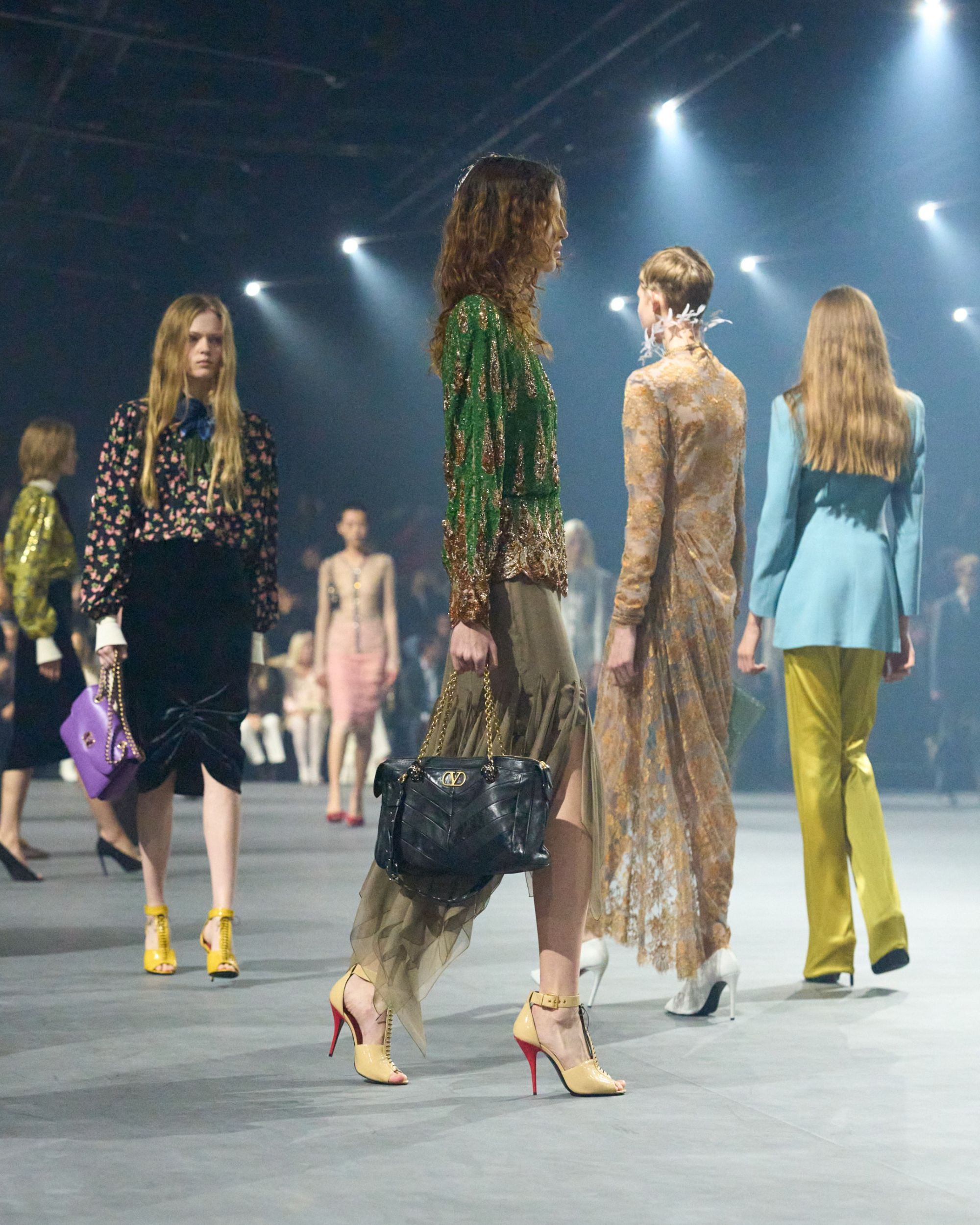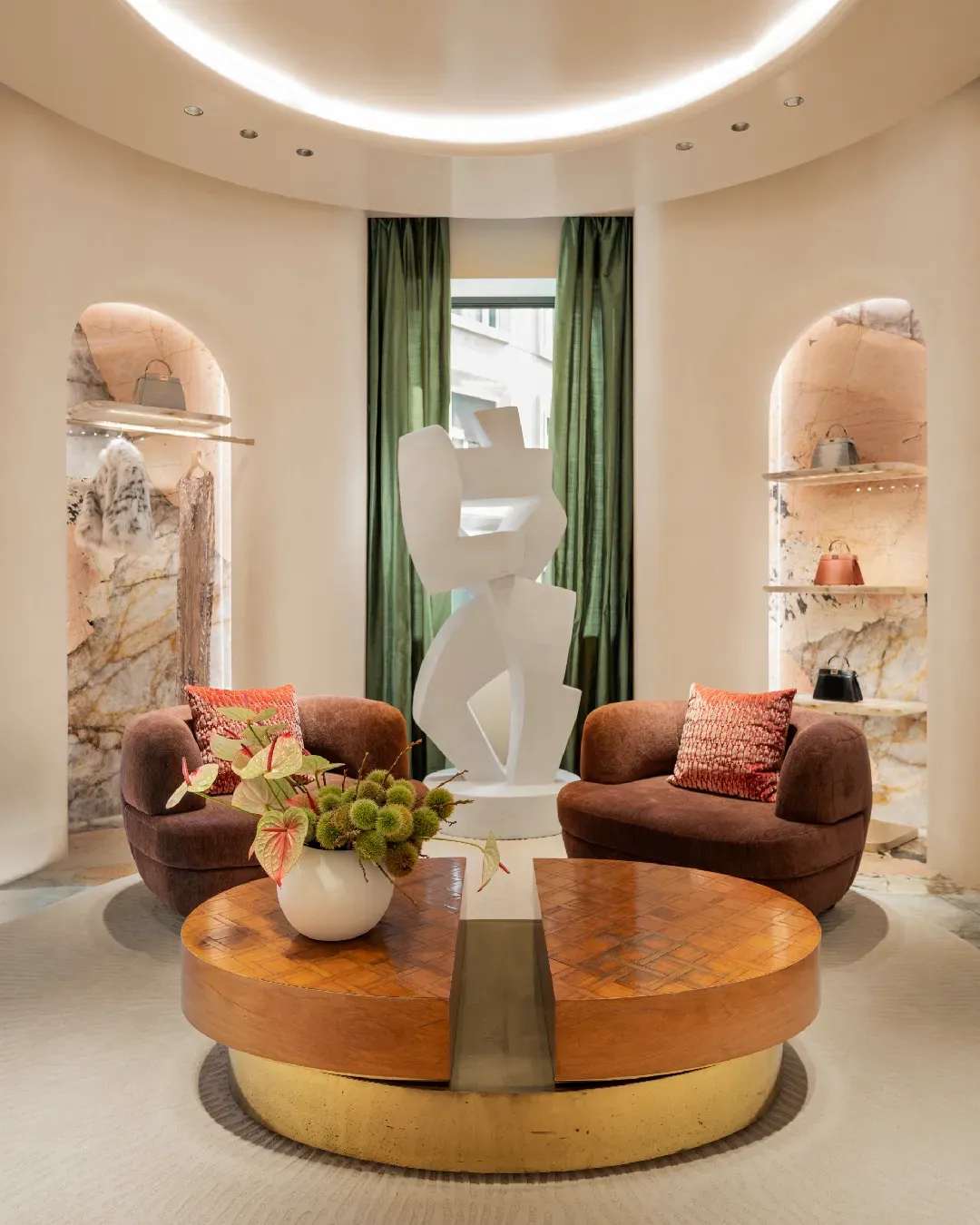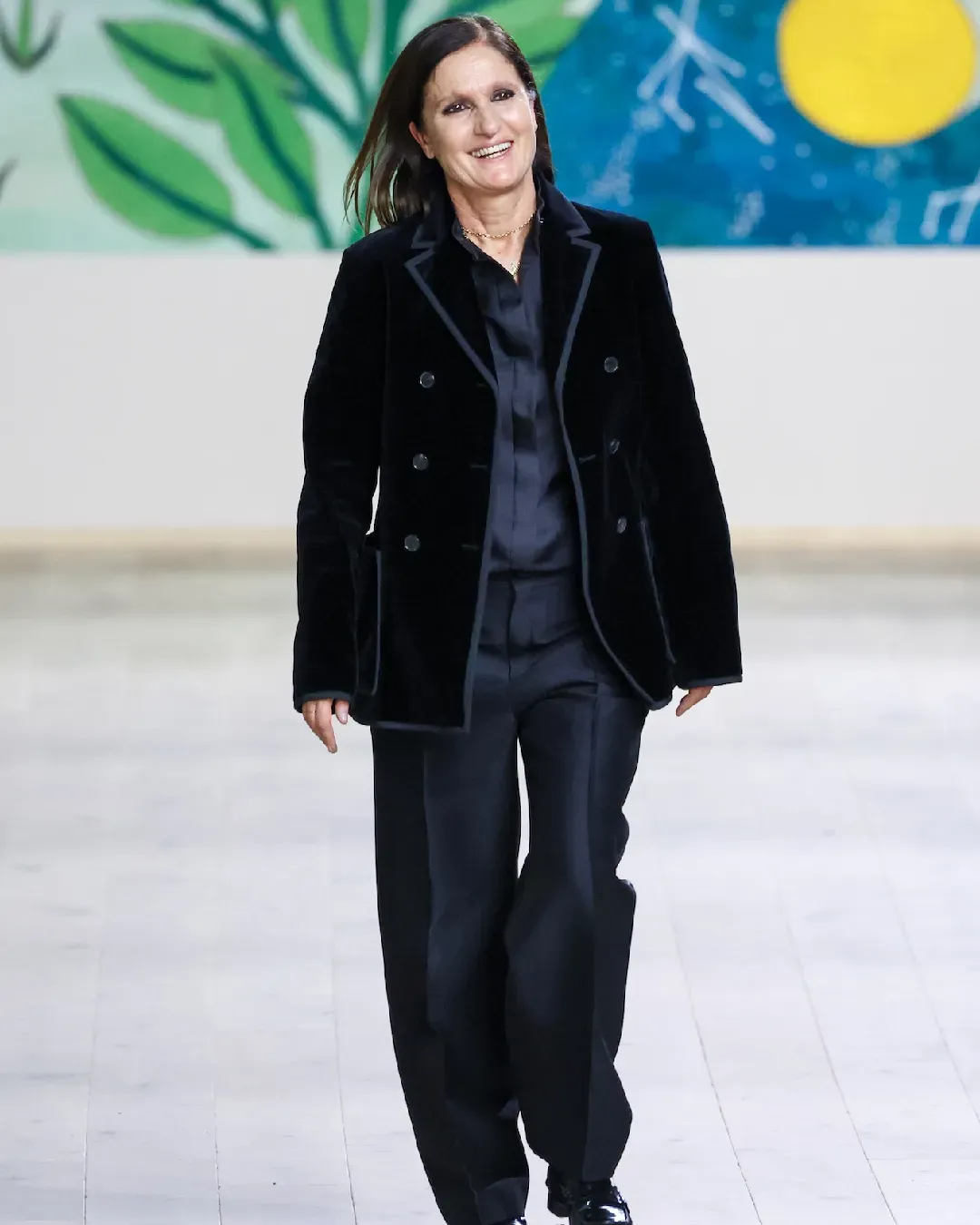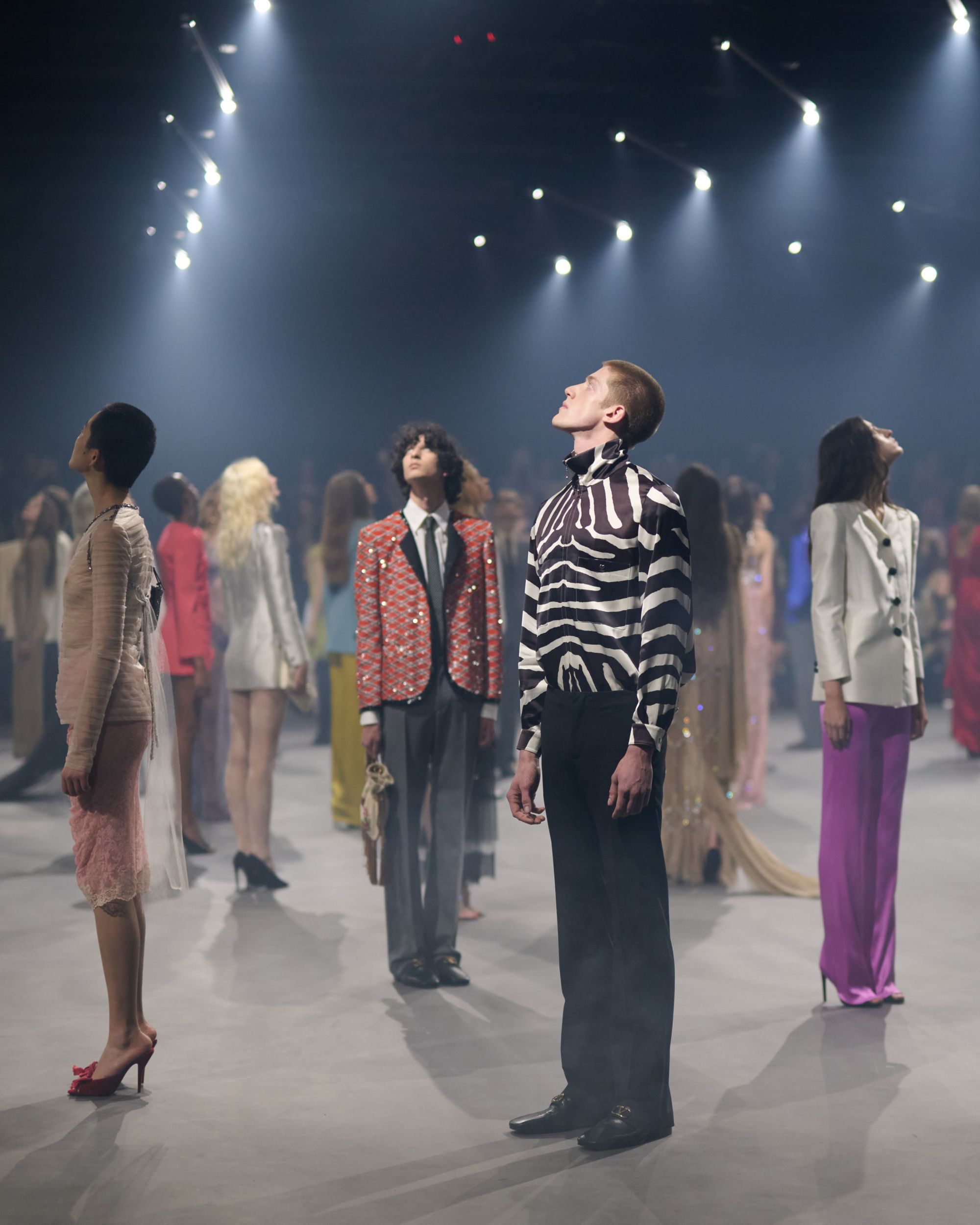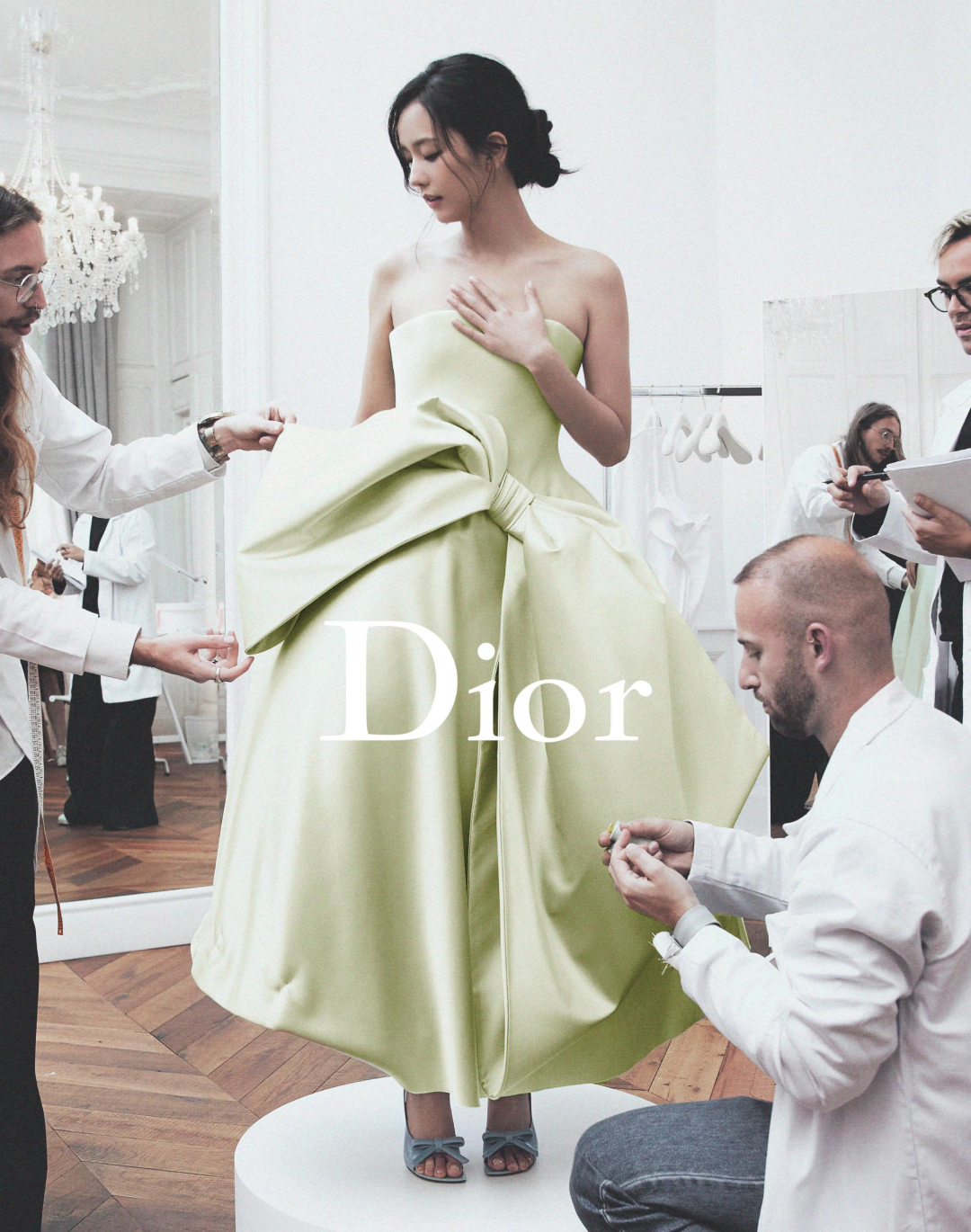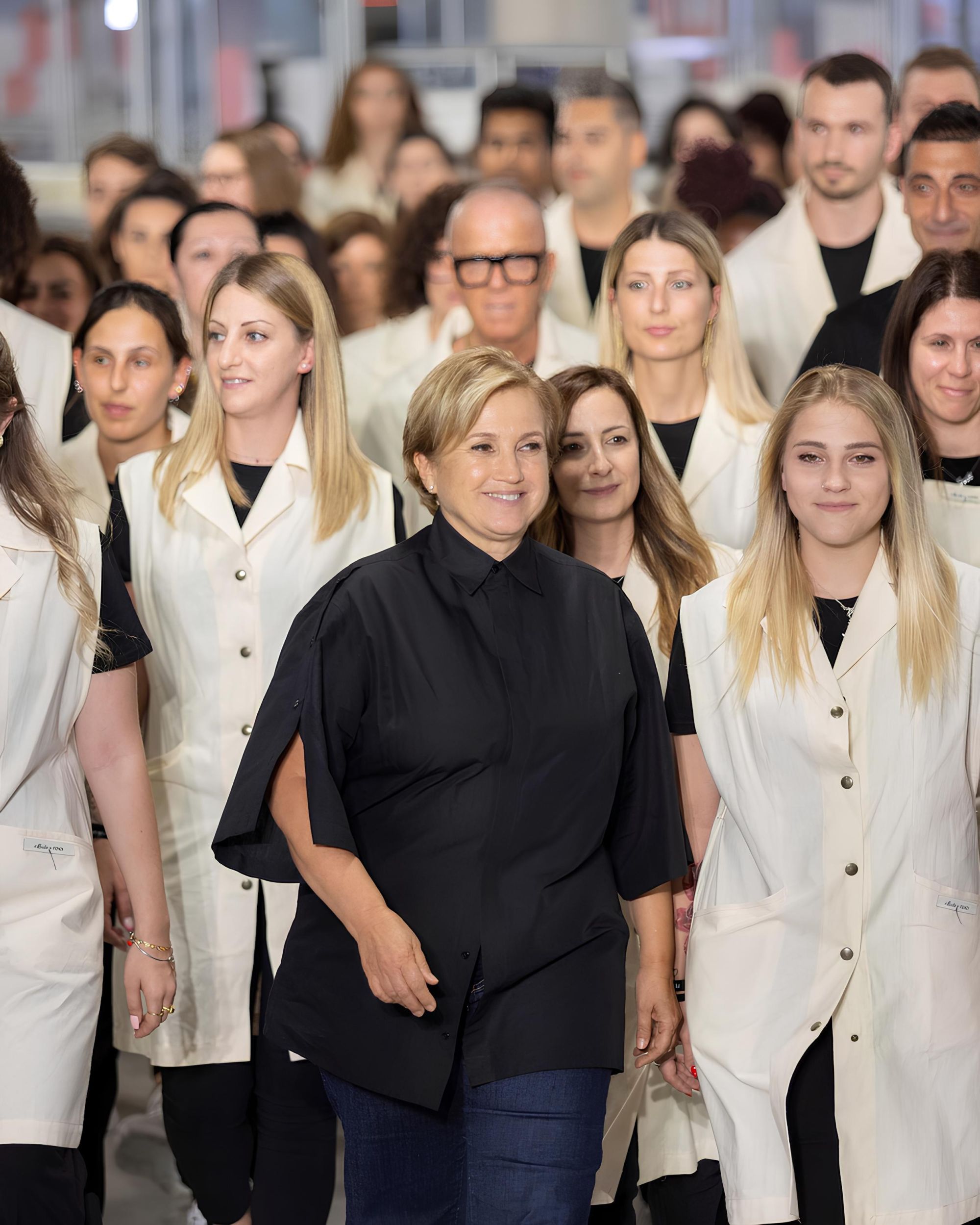
When Karl Lagerfeld's Fendi was a creative hub. Maria Grazia Chiuri, Pier Paolo Piccioli and Alessandro Michele neighbors
Determining whether at the foundation of major fashion houses is the expertise of a perfectly structured team at its core or, rather, the redundant egos of creative directors caught up in something else can be problematic: to what is a brand's success due? There was a time when, in a Rome as contradictory as it was hospitable, Karl Lagerfeld, Silvia Venturini, Alessandro Michele, Pier Paolo Piccioli, and Maria Grazia Chiuri sat next to each other in Fendi's offices. It was in the mid-1990s when Maria Grazia Chiuri and Pier Paolo Piccioli were working together in Fendi's accessories department, under the direct guidance of the Kaiser of fashion. In an interview with D La Repubblica Piccioli recounted his first meeting with La Chiuri, who was in charge of picking him up at the station in Rome instead of a friend, while holding a sign with her name on it to be recognized: «She was wearing a pair of jeans and a white T-shirt», and Pier Paolo immediately felt «a sort of connection, an invisible sixth sense, with her».
The accessories department of Fendi's house had become the cradle of a community of designers that, shortly thereafter, would turn the tables on the fashion system. The stardom, that which Karl Lagerfeld exhibited in the name of talent too hastily reduced to an impulse to flaunt, went directly into the mood boards of his followers. «In Fendi, there is a family spirit, there are no rigid rules, no one is afraid to speak out, and ideas are carried forward with freedom of expression. Karl is part of Fendi's DNA. With him, one look is enough to understand each other on the fly», Silvia Venturini had proudly declared. Of that still unstructured DNA, Alessandro Michele would later find unexpected compatibility in the late 1990s. 1997, moreover, was the year of the launch of the Baguette, Fendi's iconic bag that would forever redefine the imagery of accessories. Maria Grazia Chiuri, Pier Paolo Piccioli, and Alessandro Michele were marked by the experience of having lived through a state of creative privilege - to speak of a mess tin is perhaps an understatement - that allowed them to feel an integral part of one of the most significant directions in fashion. If Anna Piaggi's unusual combinations and stylistic ensembles were one of Karl Lagerfeld's many inspirations, Alessandro Michele - nicknamed the DJ by the kaiser because of his habit of keeping the music loud - owes one of his adoptive fathers the lesson that «creativity is not a stable thing, but a free thing».
Karl Lagerfeld called young Alessandro Michele “DJ” while he was at Fendi because Alessandro would always play loud music!
— ideservecouture (@ideservecouture) July 18, 2022
Leaving aside forms of mythmaking - the kaiser was certainly an expert in this - from which one might be tempted by imagining a context in which, according to the rather overly optimistic transitive property theorem, breathing the same air as Karl Lagerfeld would automatically benefit his team, it is rather realistic to think of the transmission of unmistakable know-how. Know-how that not only shaped Pier Paolo and Maria Grazia Chiuri's approach, but also accommodated other names in fashion: Giambattista Valli, Marco de Vincenzo, Sergio Zambon, Anthony Vaccarello, and Frida Giannini all honed specific areas of expertise at Fendi. Imagining the furs that currently populate Vaccarello's collections at Saint Laurent - Karl Lagerfeld had almost written a compendium of them at Fendi - or the skill with which Frida Giannini had relaunched accessories at Gucci after Tom Ford can perhaps hint at what it might mean for a young designer to have the solidity of a success-oriented creative figure behind him. Fendi has been one of the most concrete examples of enlightened mentorship within a system that now faces a host of aspiring designers more or less aware of the difficulties related to the odds of emerging on the creative scene. Even figures like Kanye West and Virgil Abloh, in 2009, entered internships at Fendi. But that is another story.










































